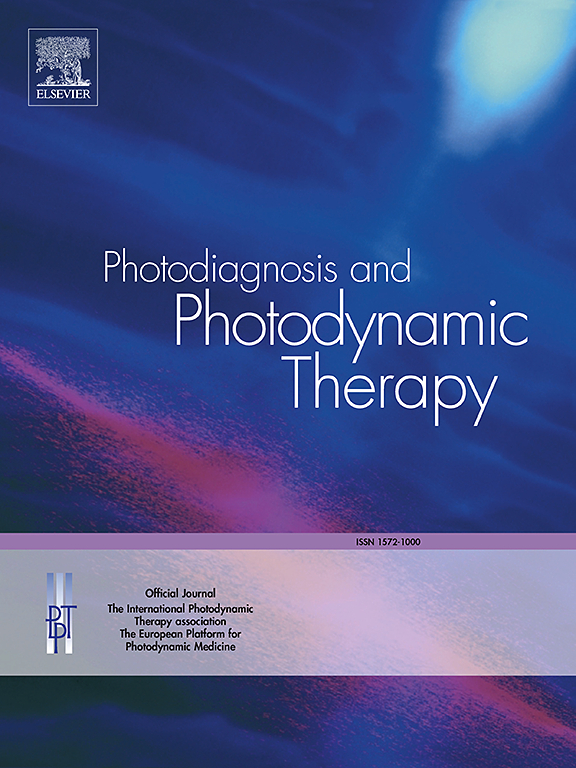Effects of repeated low-level red-light therapy on myopia control in children with intermittent exotropia
IF 3.1
3区 医学
Q2 ONCOLOGY
引用次数: 0
Abstract
Background
The optimal myopia control measures for children with intermittent exotropia (IXT) have yet to be determined. This study evaluates the impact of Repeated low-level red-light therapy (RLRL) on myopia control in this population.
Methods
This retrospective study included 94 participants divided into three groups: Myopic children without strabismus receiving RLRL treatment (RLRL Group).Children with IXT and myopia undergoing RLRL treatment (IXT with RLRL Group).ChJournal Titleildren with IXT and myopia not receiving any myopia control interventions(Control Group).Axial length (AL) and spherical equivalent refraction (SER) were measured before and after the intervention. For patients with IXT, distance and near exodeviation angles and near stereopsis were also assessed.
Results
Post-RLRL treatment, the IXT with RLRL Group exhibited significantly less AL elongation compared to the Control Group at various time points (P<0.001). After 6 months, the mean AL increase in the dominant eye was 0.005±0.130 mm for the IXT with RLRL Group, compared to 0.164±0.090 mm in the Control Group (difference = -0.159 mm; 95 % CI, -0.226 to -0.093 mm; P < 0.001). No significant differences were found between the two groups in changes in exodeviation angles and near stereopsis (P>0.05). Additionally, no significant differences in AL and SER control were observed between the IXT with RLRL Group and the RLRL Group (P>0.05), and treatment efficacy was similar between the two eyes.
Conclusions
RLRL is effective in controlling myopia progression in children with IXT without adversely affecting strabismus parameters. Its efficacy is comparable to that observed in children without strabismus, suggesting RLRL as a viable option for myopia management in this population.
重复低强度红光疗法对间歇性外斜儿童近视控制的影响
背景:间歇性外斜(IXT)儿童的最佳近视控制措施尚未确定。本研究评估了重复低强度红光疗法(RLRL)对该人群近视控制的影响:这项回顾性研究包括 94 名参与者,分为三组:干预前后测量了轴长(AL)和球面等效屈光度(SER)。干预前后测量了轴长(AL)和球面等效屈光度(SER),还评估了 IXT 患者的远视角、近视角和近立体视:结果:RLRL 治疗后,与对照组相比,IXT 患者在不同时间点的 AL 伸长明显减少(P0.05)。此外,IXT 与 RLRL 组和 RLRL 组在 AL 和 SER 控制方面没有明显差异(P>0.05),两眼的疗效相似:结论:RLRL能有效控制IXT患儿的近视发展,且不会对斜视参数产生不利影响。其疗效与在无斜视儿童中观察到的疗效相当,这表明 RLRL 是该人群近视治疗的可行选择。
本文章由计算机程序翻译,如有差异,请以英文原文为准。
求助全文
约1分钟内获得全文
求助全文
来源期刊

Photodiagnosis and Photodynamic Therapy
ONCOLOGY-
CiteScore
5.80
自引率
24.20%
发文量
509
审稿时长
50 days
期刊介绍:
Photodiagnosis and Photodynamic Therapy is an international journal for the dissemination of scientific knowledge and clinical developments of Photodiagnosis and Photodynamic Therapy in all medical specialties. The journal publishes original articles, review articles, case presentations, "how-to-do-it" articles, Letters to the Editor, short communications and relevant images with short descriptions. All submitted material is subject to a strict peer-review process.
 求助内容:
求助内容: 应助结果提醒方式:
应助结果提醒方式:


